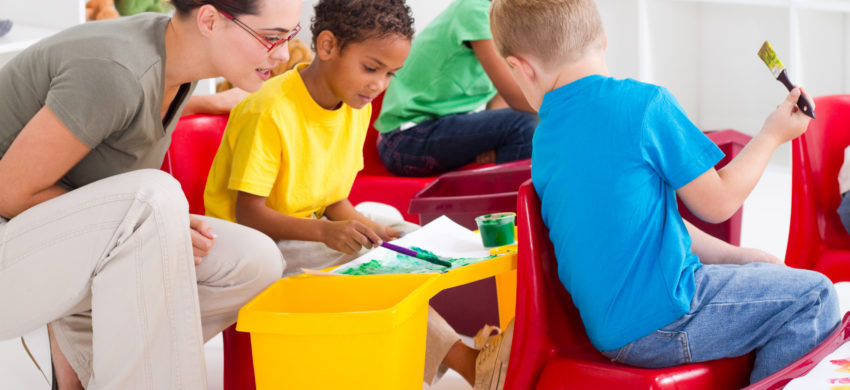Think back to your favorite teacher and what do you remember about them? For me, it was my fifth grade teacher, Mr. McConnelly at Lafayette Elementary School, in Lancaster, PA. He encouraged me, gave me confidence in my abilities, allowed me to try things outside my comfort zone, and provided me with a safe and nurturing learning environment that taught me how to interact with others, understand myself, and be accepting of others who were different than me. He could have just done his job and taught me math, reading, science and all the other academic stuff but he took time to build a relationship with me…that is what mattered most to me! I had many different teachers throughout my schools years who provided similar environments and that is why I feel so strongly today that if you provide a safe, caring and nurturing educational environment weaving social and emotional skills throughout the school day, we will see more success in academic areas. He didn’t use a set curriculum that I remember, but naturally encouraged the SEL competencies of self-awareness, self-management, social awareness, relationship skills and responsible decision making.
Today when I am training teachers to incorporate social and emotional learning into their classrooms, I often hear them say “How can I have influence on them, I am only with them several hours in the day and when they go home everything I do is undone!” or “My students behavior is awful and I don’t have time to add anything else in my day because I can’t get my academic lessons in!” As someone who feels that SEL has had a large impact on her life, I can tell you it is important and well, I will share with a few reasons from research why it is vital to include social and emotional learning into classrooms and how it will help student behavior so you can get to the things you need to teach. This research is from randomized clinical trials of the PATHS® curriculum which is the most evidence-based classroom SEL program in the world.
Reduce Aggressive Behavior (both regular and special needs students)
- Teachers’ reports of students aggressive behavior decreases by 32% and sustain across two grade levels
- Improves students’ ability to tolerate frustration
- Peers rate boys in PATHS® curriculum classrooms as less aggressive and disruptive in Grades 1 through 3
Improve Self-Regulation
- Teachers’ report of students increase their self-control by 36%
- Teachers’ report lower rates of hyperactivity and inattention
- Teachers’ report significant and sustained improvements in behavior in the classroom over two years
Improve Academic Engagement and Executive Functions
- Increase students’ scores on cognitive skills tests by 20%
- Significantly increases students Inhibitory Control (Stroop Test)
- Significantly increase teachers’ reports of improved academic engagement
Build Social and Emotional Skills
- Increase students’ vocabulary for emotions by 68%
- Improves plus their ability to use effective conflict-resolution strategies
- Decreases the % of aggressive/violent solutions to social problems
- Reduce depression and sadness among students at risk
These results show that by teaching social emotional competencies to children, you are giving them the skills to build relationships with you as the teacher, and the other students in your classroom. That’s a win, win for everyone!

